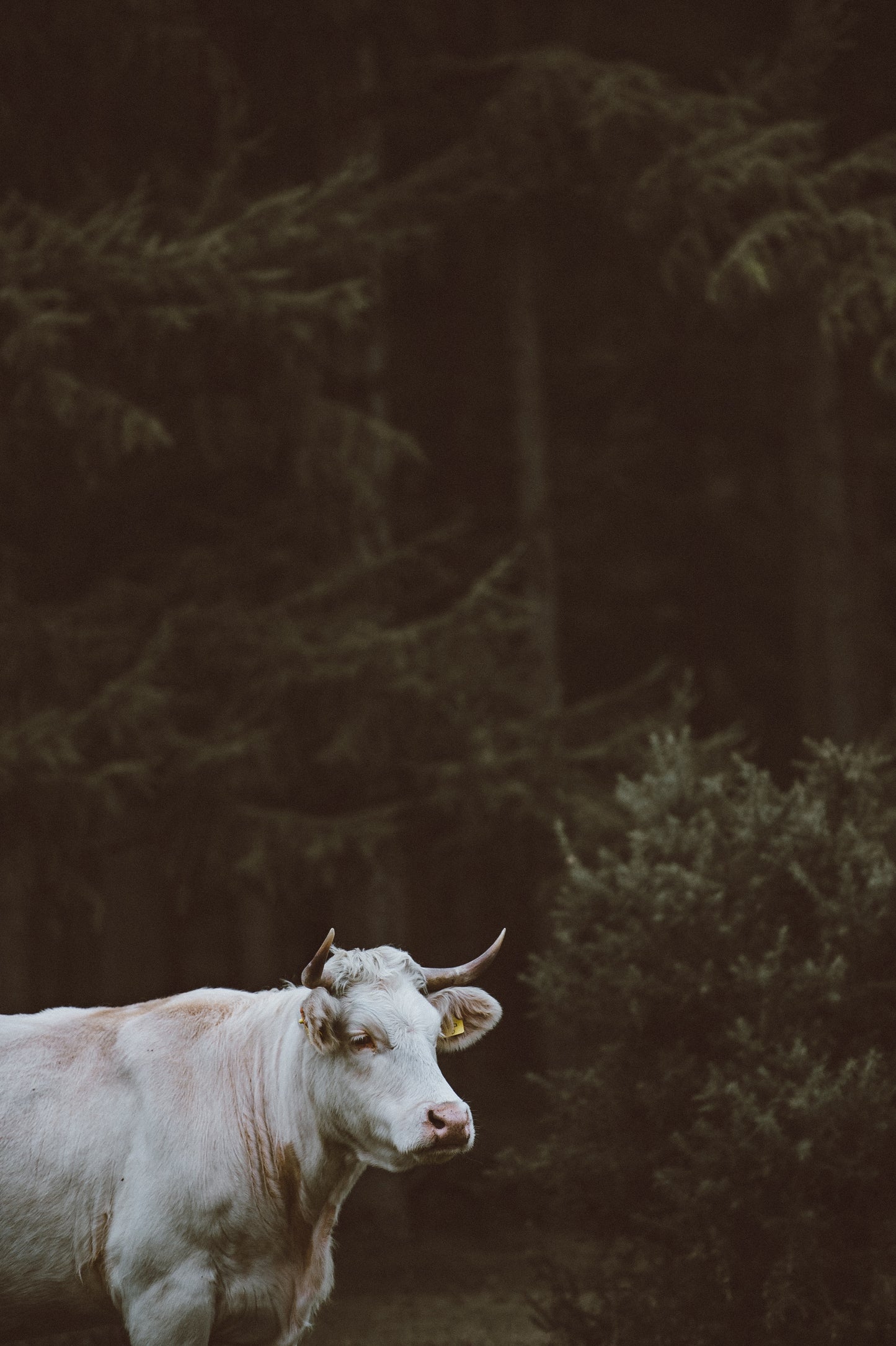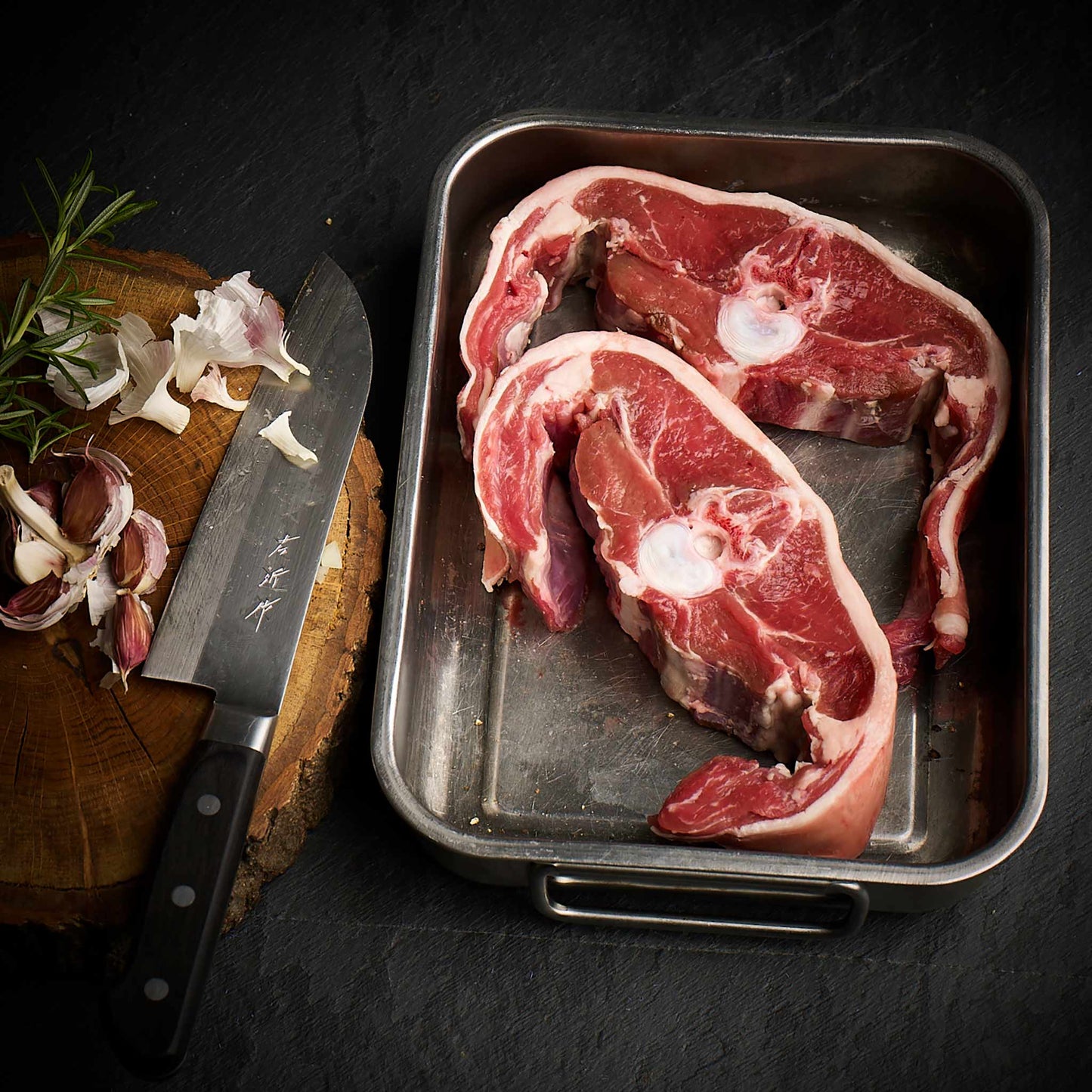We source our chicken from one farm in Leicestershire. The farm is Pasture for Life certified and rears truly free range, outdoor birds.

First let's consider what we mean by 'saving the planet.'
Although there are people who deny humans are havering any meaningful impact on climate change the evidence seems to suggest rather strongly that we are and that we need to change our habits. Another consideration, regardless of climate change is the health of our soils and abundance of wildlife and general bio-diversity of ecosystems, mixed forest with grazing animals improves all of these things.
In relation to the UK a lot of what we now consider to be farmland if left alone would revert back to mixed forest.
The first trees began to colonise the tundra of Great Britain and Ireland during the late glacial period from 10,000 BC. They were limited only by high altitude, severe wind exposure and waterlogging. By 3000 BC everywhere that trees would grow was covered with forest, sometimes called the ‘wildwood’. The earliest evidence of large-scale clearance coincides with the introduction of Neolithic agriculture between 3100 and 2900 BC. During the Bronze Age (1700 to 500 BC) clearance extended into higher elevations though the great majority of the country remained forest. The Iron Age Celts arrived in about 400 BC, and with their superior equipment, began large-scale clearances to provide land for cultivation and for grazing. This process of felling, burning and grazing animals on coppice regrowth and seedlings, and converting forest to arable land and pasture went on for hundreds of years.
During the first twelve centuries AD much of the modern landscape became recognisable and the things which distinguish modern woodland from wildwood became widespread, including the separation of the woods from each other, definition of boundaries, enclosure to prevent grazing and, above all, management. By the 1000 it has been estimated that about 20 per cent of Great Britain and Ireland were covered with forest, though in England at this time it was probably less. Even then, some districts had scarcely any woods and elsewhere the landscape consisted predominantly of farmland with islands of woods rather than forest with isolated clearings.
Clearance continued particularly rapidly in Norman times and by their contemporaries in Scotland and Ireland. By 1150 the remaining fragments of untouched forest had been converted or cleared in England and Wales. In Scotland and Ireland patches may have survived for much longer though these rapidly decayed via the wood pasture system and the growth of sheep grazing after 1745.
Between 1400 and 1750 many social and economic changes occurred: there was more clearance for agriculture and much felling to raise capital for industry; the population increased and farmhouses, villages and towns were rebuilt with timber-framed houses. However, the woods proved most enduring and, of those that survived clearance, many only differed in detail in 1900 from what they had been 650 years earlier.
Trees are made of carbon and this carbon comes primarily from the atmosphere in the form of CO2 so the growth of trees can cause a net loss of CO2 from the air.
Great, so all we need to do is plant loads of trees and we'll be saved form this global warming stuff right?
Well, yes but.... the land also needs to provide food for us.
Silvopasture is a form of agriculture that comprises of trees deliberately introduced into a forage production system (or, rarely, forage introduced into a tree production system), the whole designed to produce a high-value tree component, while continuing to produce the forage and livestock component indefinitely or for a significant time.
What this means in simple terms is that trees, pasture and animals form a symbiotic relationship where all 3 benefit. The trees get nutrition from the animal dung, they become more productive in producing fruits and nuts for us, the pasture is managed by the grazing animals and the animals get nutrition and shelter from the trees.
This system also allows a complex ecosystem to develop in and around the trees that is much more resilient to fluctuations in weather and climate while locking carbon away and reducing the amount of CO2 in the atmosphere.
Trees take time to develop and systems such as this need to be a part of a new way of thinking about our stewardship of the land, thinking this way needs foresight of decades not short term money driven gains, a few of our suppliers are implementing these ideas into these farms and we can't wait to show you what this looks like at ground level, it looks like how the UK would have looked if we hadn't changed it and we like that.



